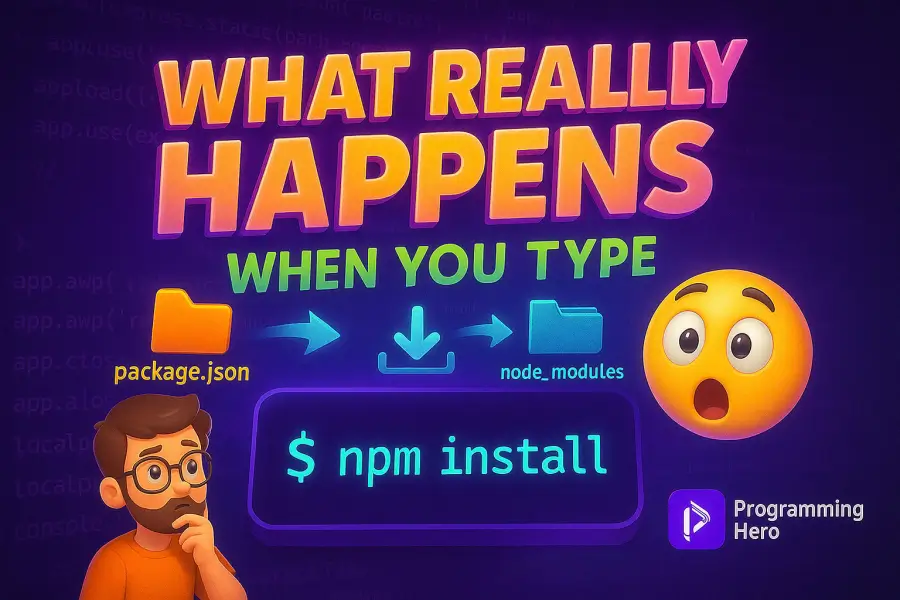Picture this: you’re at a party where everyone speaks a different language. Chaos, right? Now imagine someone hands out magic earpieces that let everyone understand each other perfectly. That’s the vibe of the MCP Protocol—short for Modular Communication Protocol. It’s not flashy, it’s not hyped to death (yet), but it’s quietly shaping up to be a cornerstone of how web systems talk to each other. Whether you’re into decentralized apps, microservices, or just love a good tech story, MCP is worth your attention. Let’s dive in.
What’s MCP All About?
The MCP Protocol is like the ultimate wingman for digital systems. It’s a framework that lets apps, services, and even AI agents chat effortlessly, no matter how different they are under the hood. In a world where every developer seems to reinvent the wheel, MCP steps in with a bold idea: standardize the conversation, not the tools.
It’s modular—meaning you can mix and match components like LEGO bricks—and it’s built to handle the messy reality of modern web tech. From blockchain-powered dApps to sprawling microservice setups, MCP is the glue that keeps it all humming. But it’s not just about connecting stuff; it’s about doing it in a way that’s flexible, future-proof, and dare I say, kind of elegant.
How Does This Thing Actually Work?
Okay, let’s pop the hood without getting too lost in the weeds. MCP is a client-server setup with a clever twist. Here’s the rundown:
- MCP Servers: Think of these as the ambassadors for each service or app. Every piece of your system—like a database, a payment gateway, or an AI model—gets its own MCP server. This server knows the service’s quirks and translates its abilities into a language MCP understands.
- MCP Clients: These are the messengers. When one part of your system needs to talk to another, the MCP client steps up. It formats the request, sends it to the right MCP server, and delivers the response back home. No fuss, no muss.
- The Transport Bit: How does the data move? MCP’s chill about it. It can ride over HTTP for far-flung services or use STDIO if everything’s local. It’s like choosing between email or a quick shout across the room—whatever works.
- JSON-RPC Underneath: The secret sauce is JSON-RPC 2.0, a lightweight way to structure messages. It’s simple, universal, and keeps things tidy. A request might look like: {“method”: “getUser”, “params”: {“id”: 42}, “id”: 1}. Clean, right?
The magic happens because MCP wraps all this in modular adapters. These little helpers bridge the gap between a service’s native tongue and MCP’s common dialect. It’s like having a translator for every oddball API you’ve ever cursed at.
Why MCP Is a Big Deal for Decentralized Web Apps
Decentralized web apps—dApps—are the wild west of tech. They’re free from big bosses like Google or AWS, but that freedom means chaos when parts need to sync up. Enter MCP.
Say you’re building a dApp for a peer-to-peer marketplace. You’ve got a blockchain handling trades, an off-chain database for user profiles, and a slick front-end pulling it all together. Without MCP, you’d be stitching this mess with custom code, praying it holds. With MCP? Each piece gets an MCP server, and they talk like they’ve known each other forever.
I’ve seen dApp devs wrestle with integrating smart contracts and external APIs—price oracles, identity verifiers, you name it. MCP smooths that out. Need to swap an oracle? Just plug in a new MCP server. No rewriting half your app. It’s freedom with structure, which is rare in the decentralized world.
Microservices and MCP: Besties Forever
Microservices are the rock stars of software design—small, independent, and scalable. But getting them to play nice? That’s where the headaches start. One service uses REST, another’s on gRPC, and good luck if they’re in different languages.
MCP swoops in like a conductor for this orchestra. Wrap each microservice in an MCP server, and suddenly they’re all singing the same tune. Your user login service can ping your notification system without caring how it’s built. Need to scale your analytics service during a traffic spike? Spin up more MCP servers, and the rest of your stack doesn’t blink.
I once worked on a project where swapping a third-party API broke everything because the old and new versions spoke different dialects. With MCP, that’s a non-issue. It’s like giving your microservices a universal plug—and I’m here for it.
The Human Touch
Let’s zoom out from the tech for a sec. MCP isn’t just for machines—it’s for us. Developers, you know that soul-crushing moment when you’re debugging a communication snafu between two services? MCP takes that pain away. You focus on the fun stuff—building features, not babysitting integrations.
For ops folks, it’s a godsend too. When everything speaks MCP, logs are uniform, errors make sense, and you can automate monitoring without duct-taping scripts together. It’s less “why is this broken?” and more “look what we built!”
Even end-users win. Imagine a travel app where the flight checker, hotel booker, and weather forecast all sync up flawlessly because MCP’s running the show. Smoother tech, happier humans.
The Rough Edges
MCP isn’t flawless—nothing is. Setting it up can feel like herding cats, especially if you’re retrofitting an old system. I’ve heard devs groan about the initial lift, and fair enough—it’s not plug-and-play for legacy code.
Performance can also take a hit. That extra layer of abstraction? It’s not free. In crazy-high-speed setups, you might notice a lag. But the MCP crew’s on it—there’s talk of leaner encodings to speed things up.
And security? Exposing services via MCP servers is powerful, but risky if you skimp on locks. You’ll want encryption, tight auth, and maybe some clever monitoring to spot trouble. It’s not a dealbreaker, just a “handle with care” sign.
Where’s MCP Heading?
I’ve got a hunch MCP could be huge. As the web gets more decentralized and AI keeps popping up everywhere, we need a way to keep the chaos in check. MCP feels like the answer.
Picture this: your AI home assistant books your vacation by chatting with a dozen MCP-enabled services—flights, hotels, even your smart fridge to restock when you’re back. Or a decentralized gaming platform where worlds built by different teams mesh seamlessly via MCP. It’s not sci-fi; it’s close.
The community’s buzzing too. Open-source devs are cranking out tools, and big players might weave MCP into the web’s fabric someday. HTTP started small once—why not MCP?
Jump In: Your MCP Adventure
Want to mess around with MCP? Here’s your starter kit:
- Read Up: The MCP docs are solid—start there.
- Experiment: Grab an open-source MCP client or server and poke it. Break it. Learn it.
- DIY: Wrap a tiny service—like a to-do list API—in MCP. It’s a fun weekend project.
- Connect: Hit up MCP forums or Discord. The crowd’s friendly and full of ideas.
- Keep Exploring: It’s a moving target. Follow the updates.
Parting Words
The MCP Protocol isn’t loud or glamorous, but it’s got heart. It’s about making the web’s messy, brilliant pieces work together—smarter, not harder. For decentralized dreamers, microservice wranglers, or anyone who loves tech that works, MCP’s a quiet revolution.
What’s your take? Could MCP change the game, or is it too niche? Leave a note below. Let’s talk shop.



